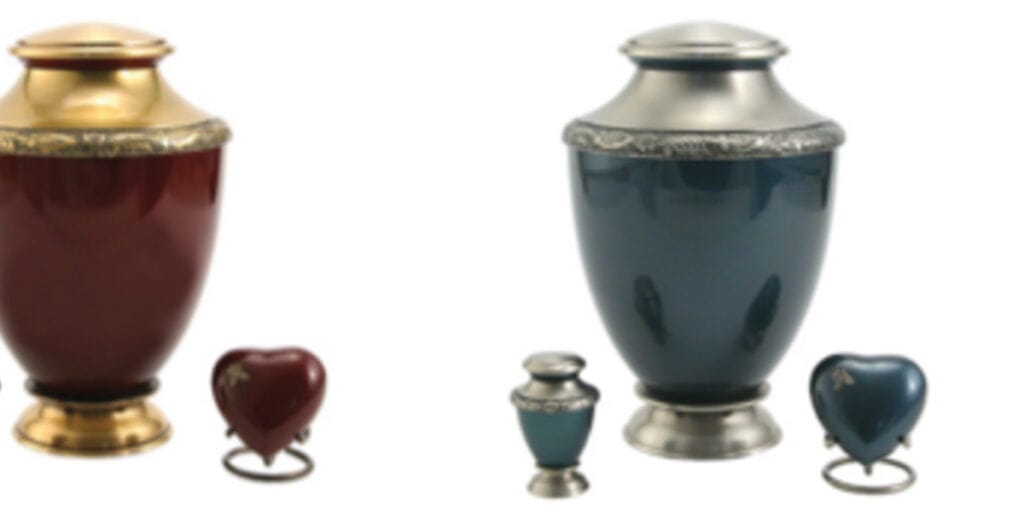What’s Involved in the Cremation Process?

Cremation is becoming an increasingly more popular choice for Americans, with more than 50 percent of people who died in 2019 being cremated.
And while those numbers are increasing steadily, many people still don’t fully understand what choosing cremation means and, as a result, they shy away from it.
To help demystify cremation a bit, here’s what’s involved in the cremation process:
Identification & Authorization
The first step toward cremating a body is proper identification by the facility performing the cremation. Authorization to cremate the body must also be obtained, usually through consent from the deceased’s family.
Identification differs from state to state, but typically it requires that a person authorized to make an identification and consent to the cremation signs paperwork allowing the crematorium to move forward with the process. Once the person is identified, a metal ID tag is placed on the body. This tag will remain there throughout the cremation process and will be put in with the remains for final verification.
The authorization paperwork also usually asks for information regarding what type of container the crematory should use and who will be responsible for picking up the remains.
Preparing the Body
Each individual facility handles body preparation a bit differently, but the process usually involves cleaning and dressing the body.
In most cases, the body is not embalmed prior to cremation. However, some families may request the body be embalmed for public viewing or another personal reason.
Jewelry and other items are taken off for loved ones to keep, except those specifically requested to remain with the body. Any medical devices and prosthetics that are mechanical or battery-operated are removed to avoid a reaction during the cremation process.
Finally, the body is placed in a vessel that is combustible but strong enough to hold the weight.
Moving to the Cremation Chamber
Cremations take place in specially designed industrial furnaces, called cremation chambers or retorts.
The body is moved into the cremation chamber where it is exposed to extreme temperatures – up to 1,800 degrees Fahrenheit – leaving behind only ashes. Once the cremation procedure is complete, a cooling period is required before the remains are able to be handled.
Finalizing the Remains
Following the cremation, the remains are inspected for any metal remnants left behind. These remnants can be from pins, screws, and joints that were surgically implanted during the deceased’s lifetime.
These metal pieces are removed by hand or strong magnets, and usually are sent for recycling.
Once any metal is removed from the remains, they are ground down by a special processor into the final ashes.
Transferring the Ashes
The ashes are then placed into an urn or other container and returned to the family.
In total, the whole cremation process takes between 2 and 3 hours to complete.
Beautiful Urns from Merkle Monuments in Maryland
If your loved one has been cremated, make sure their final resting place is sturdy and gorgeous with an urn from Merkle Monuments. We’ve served families in Maryland for more than 87 years, giving them the peace and comfort they deserve at a difficult time. Call today for a quote.

